That Beautiful Sound
by: Aliana Young
I know it is hard with all of the snow, but picture this: it is a clear summer day in the Thousand Islands; you are relaxing at your favorite spot out on the water, sun shining down on you, and not a care in the world. Whether in your kayak, on your boat, or sitting on your dock, transport yourself to the serenity of the River. Close your eyes; what do you hear?
The waves lapping at the hull of your boat? Your children laughing as they take their first swim of the season? The breeze sweeping through the pines? Then, an eerie but beautiful sound: a Common Loon.

The loon call is a welcome cut through the tranquil silence of the River, a sign of life and the personification of a wildlife success story. Over 20 years ago, you would not have heard the same sound.
Common Loon populations face numerous threats, including mercury pollution, lead poisoning, disease, fishing line entanglement, human disturbance, and development. All these factors combined to drastically reduce Common Loon populations in New York State, to the point that you were lucky to even see one on the River, after the early 1800s. In fact, in 1970 the Adirondack population was reduced to less than 200 breeding pairs (Biodiversity Research Institute (BRI) NY Loon Status Report, 2015).
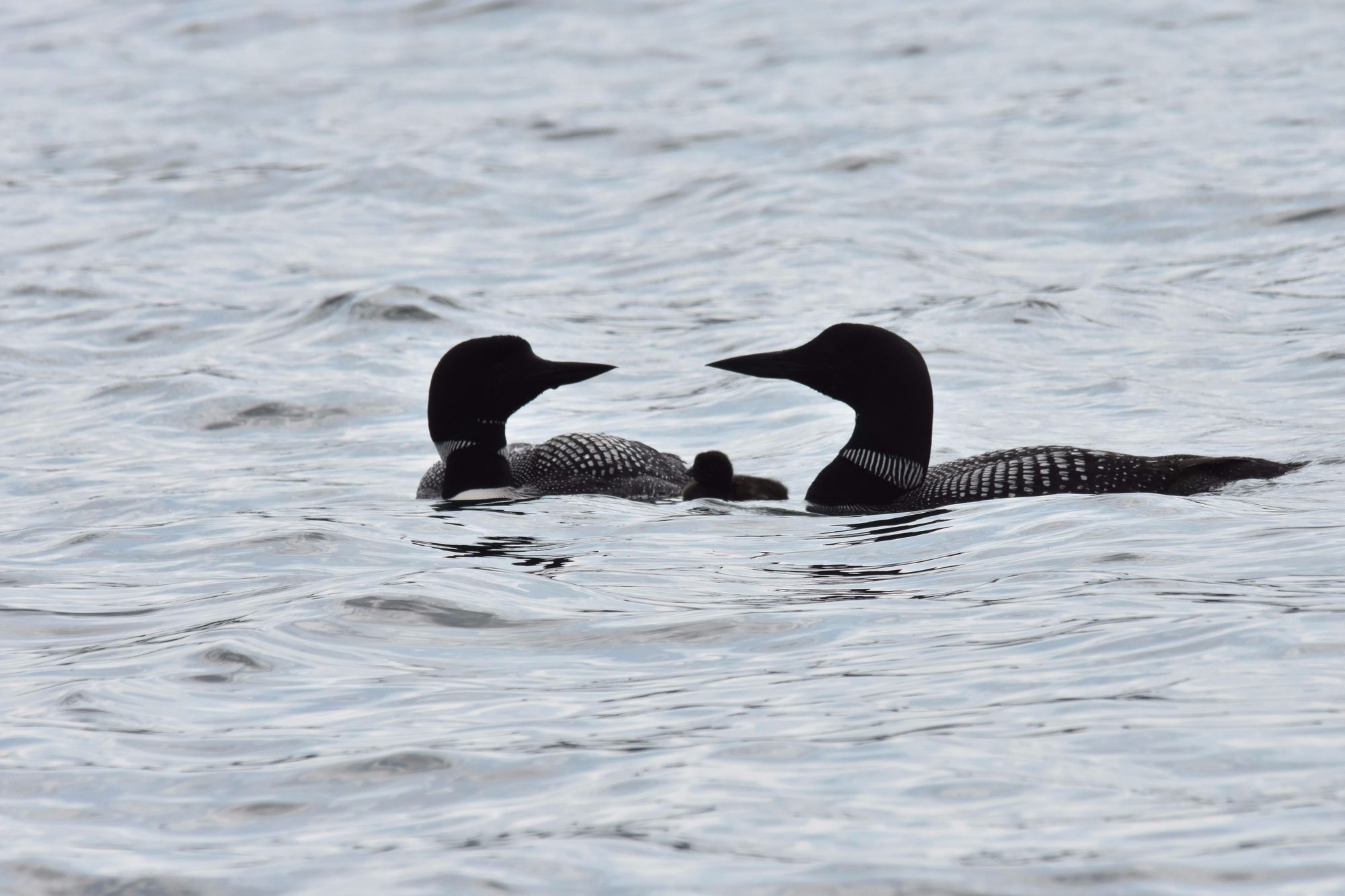
Thanks to recent conservation efforts, research, and policy change, their populations are rising once again. Today, Common Loons are a Species of Special Concern in New York State, and are protected under the Federal Migratory Bird Treaty.
Common Loons were first recorded on the St. Lawrence River in the 2000-2005 Breeding Bird Atlas, with a current estimated New York Common Loon population of around 600-850 pairs. This is double the estimated population size in 1980, which indicate that these conservation efforts are working effectively to protect their population. But many threats still face the Common Loon today, making ongoing observations and protection vital in ensuring their longevity on the River.
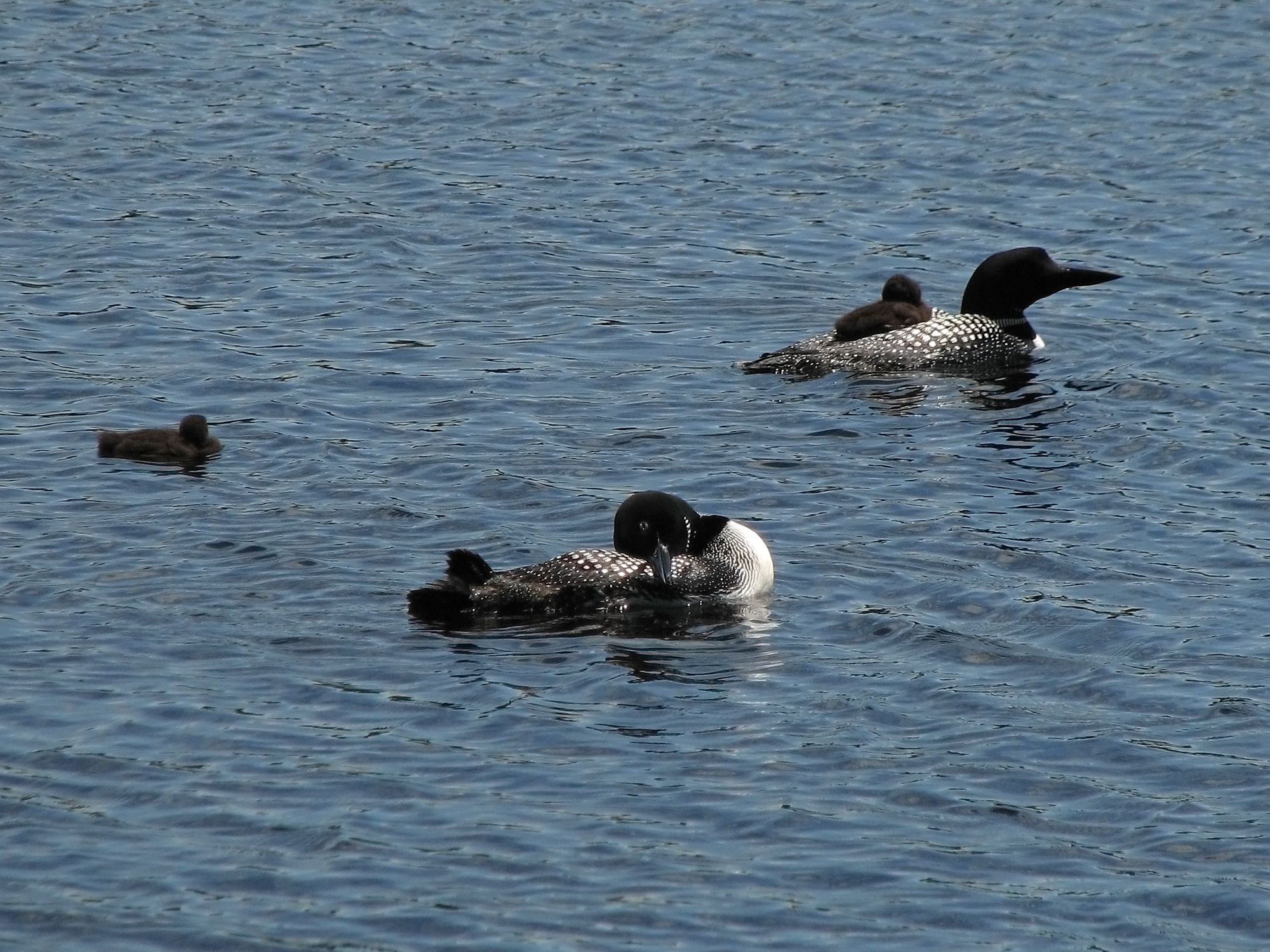
New York Annual Loon Census
Here in Northern New York, the Thousand Islands Land Trust (TILT) is making a difference for the Common Loon along with our volunteers. The New York Annual Loon Census, led by the Adirondack Center for Loon Conservation, began in 2001, and we at TILT have been working to contribute data from the very start.

Every year, like clockwork, on the third Saturday of July at 8:00 am sharp, volunteers sit out with a pair of binoculars on their favorite spot on the water, for an hour, to observe Common Loons. Concurrently, hundreds of volunteers spanning from the Adirondacks to the Thousand Islands record their own observations of loons they encounter, including count, age, and location, as well as weather and other environmental variables. Then promptly at the hour’s end, the work stops, and volunteers wait with anticipation for another year to do it all over again.
Each July, TILT encourages volunteers to sign up to participate in the census. In 2019, we had 20 people that all set out and counted loons on their favorite River spot. Places surveyed include Watch Island, Chippewa Bay, Picton Channel, and Bartlett Point. All volunteers contributed valuable data to TILT, which was then sent over to the Adirondack Center for Loon Conservation to be analyzed in their report.
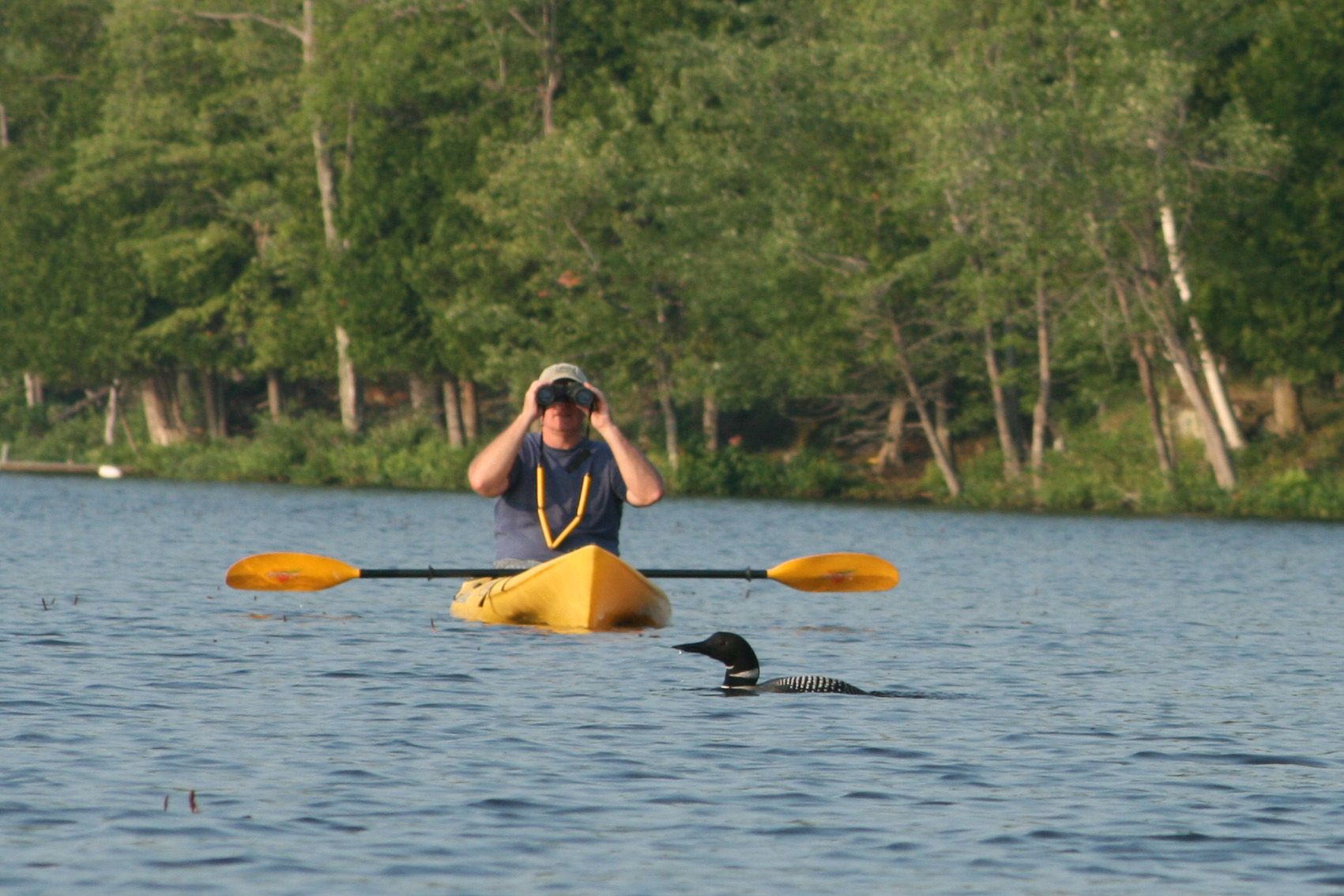
According to the 2018 NY Loon Census Report, the loon population is slowly growing in size, and expanding its range from the Adirondacks to the River. This citizen science effort contributes meaningful data to policy makers, ensuring that Common Loons in the region are properly protected. Our work with the Loon Census engages all people throughout the region to make a difference in a clear, palpable way, in the comfort of their own backyard, for a short hour each year.
Bringing the Call to the River
Tom Tinney, deemed the “Loon Whisperer”, has been working to protect the Common Loon for over 20 years. He and his wife Julie set up a nesting box every season in Delaney Bay, off Grindstone Island. They were inspired with the idea of creating a loon platform from the Adirondacks, and always tweak their materials to best support their local loons. The neighborhood loons are used to him now, probably the chicks of chicks of chicks from years ago that keep returning to the same nesting spot. Once Tom and Julie set up the nesting box each year, the loons appear within minutes!

Visiting the Adirondacks, both Tom and Julie were accustomed to the constant, harmonious backdrop of loon calls. This love of nature inspired them to bring this sound to the St. Lawrence River. “We love the River. It has always had a special place in our hearts, and we wanted to bring the call of the loon to Grindstone.”
Julie noted that there has been an increase of loons on the backside of Grindstone for the past 3-4 years, and observed a population explosion even before that. This past year, there was an active nest in Delaney Bay, another between Picnic Point and Canoe Point, and one near Long Point. But despite this population increase, loons are now falling victim to new threats, including rising water levels, and an influx of a surprising new competitor… non-native swans.
“For the past couple of years, the swans have been relentless!” remarked Julie. Last year, she and Tom built a nest on the shoreline, rather than their tried and true spot, because a group of swans took over the loons’ usual nesting location. Loons laid a couple of eggs on this new shoreline nest, but they were soon washed-out by the high water. “But the loons are here! They are coming back!” assured Julie, and noted that even in November there are a few juveniles still hanging about.
The Loon Crew
“There is something magical about being on the River, early in the morning, hearing the call of the loon,” remarks Robin Hoffman. “It is my happy place on the River.” Robin participated in the Loon Census from the very beginning. She feels that it is one small way she can help the species continue on the River, and throughout the Northeast.

For her, the Loon Census was always a day of community, of love and of friendship. Her enthusiasm united a group of River Rats to get out on their boats each year and count loons for the census. Partnering with friends across the channel, from Rusho Bay to Picton, the group at first counted loons separately. Now, they are stronger together. She remembers the years fondly, from fights over whose loon was whose to record (“No, that’s my loon!”), to finally all joining forces as one team (with loon embroidered red baseball caps and mugs to make it official!)
“When counting loons, I am reminded that the St. Lawrence River is not a distinct waterway, but instead connecting the Adirondacks and the Canadian Shield,” she reflected. This embodies TILT’s mission of making a local impact, with global significance. Volunteers like Robin and her dynamite loon crew might not be able to save the whole species on their own, but they can do their part here to help the loons throughout the region.
Inspiring Art
So, why sign-up to participate in the Loon Census? Besides a calm morning spent on the water and the satisfaction of doing your part to save the Common Loon, volunteers who fill-out a data form are entered into a raffle to win a beautiful, uniquely crafted, hand-painted paddle, made by John Miller III; and wow, are they beautiful!
John’s family has visited the Thousand Islands since the early 1900s on his great grandfather’s steam yacht from Buffalo. Thirty years ago, he recalls that he would be lucky to even see one loon; now, they are all over the place.
“I just love loons. I painted them on canvas before I started the paddles, and have been doing this ever since I found out about TILT and their work with the Loon Census,” remarks John. He can see Crooked Creek right from his cottage in Chippewa Bay, a view that inspires his art and love of nature.

Next year’s paddle is top notch: “Loon Along the St. Lawrence River” is a Grindstone Island scene created with oil paints on a 22” ash paddle, with a stand made from white birch with a white maple base. John Miller III sources all of his materials locally.
For a chance to win this beautiful paddle, be sure to mark your calendar for the Loon Census on July 18, 2020 from 8-9am. Join the Thousand Islands Land Trust and this dedicated network of volunteers in our efforts to keep the call of the loon singing on the River for years to come.
By Alaina Young
Alaina Young serves as TILT's Education and Outreach Coordinator, where she is responsible for planning and organizing TILTreks and Events, manages the Volunteer Program, and promotes TILT through marketing and outreach.
Alaina holds a B.S. in Biology from Lafayette College and a Master’s of Environmental Management from Duke University’s Nicholas School of the Environment. She comes to TILT with experience in environmental education, working as a dolphin tour guide in the Outer Banks of NC, an interpreter at a PA zoo, and most recently as a member of Duke Marine Lab’s Community Science Initiative, where she developed lesson plans on water quality and engaged elementary students in a year-long program on marine debris.


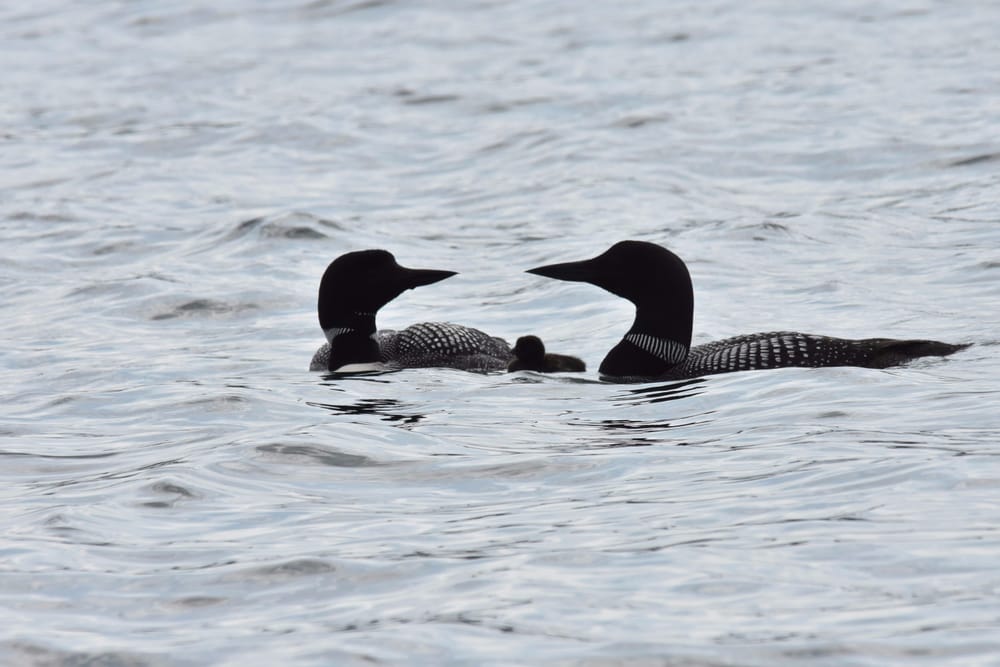
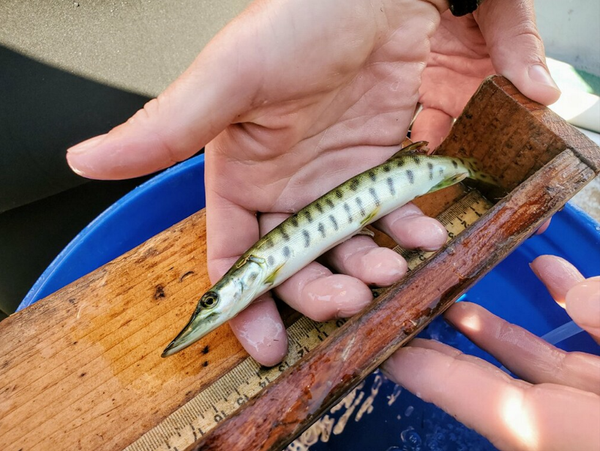
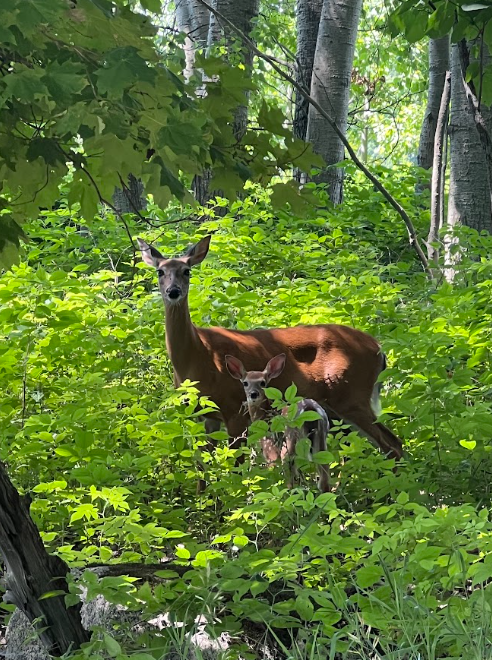
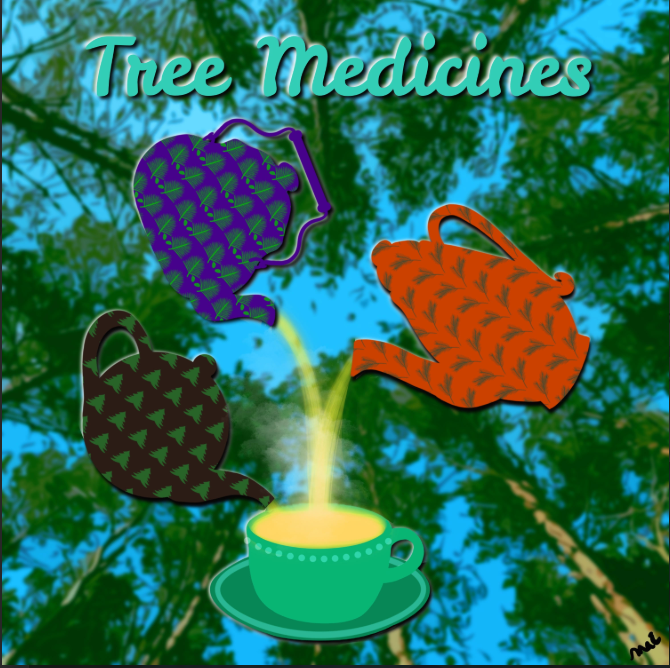
Please click here if you are unable to post your comment.